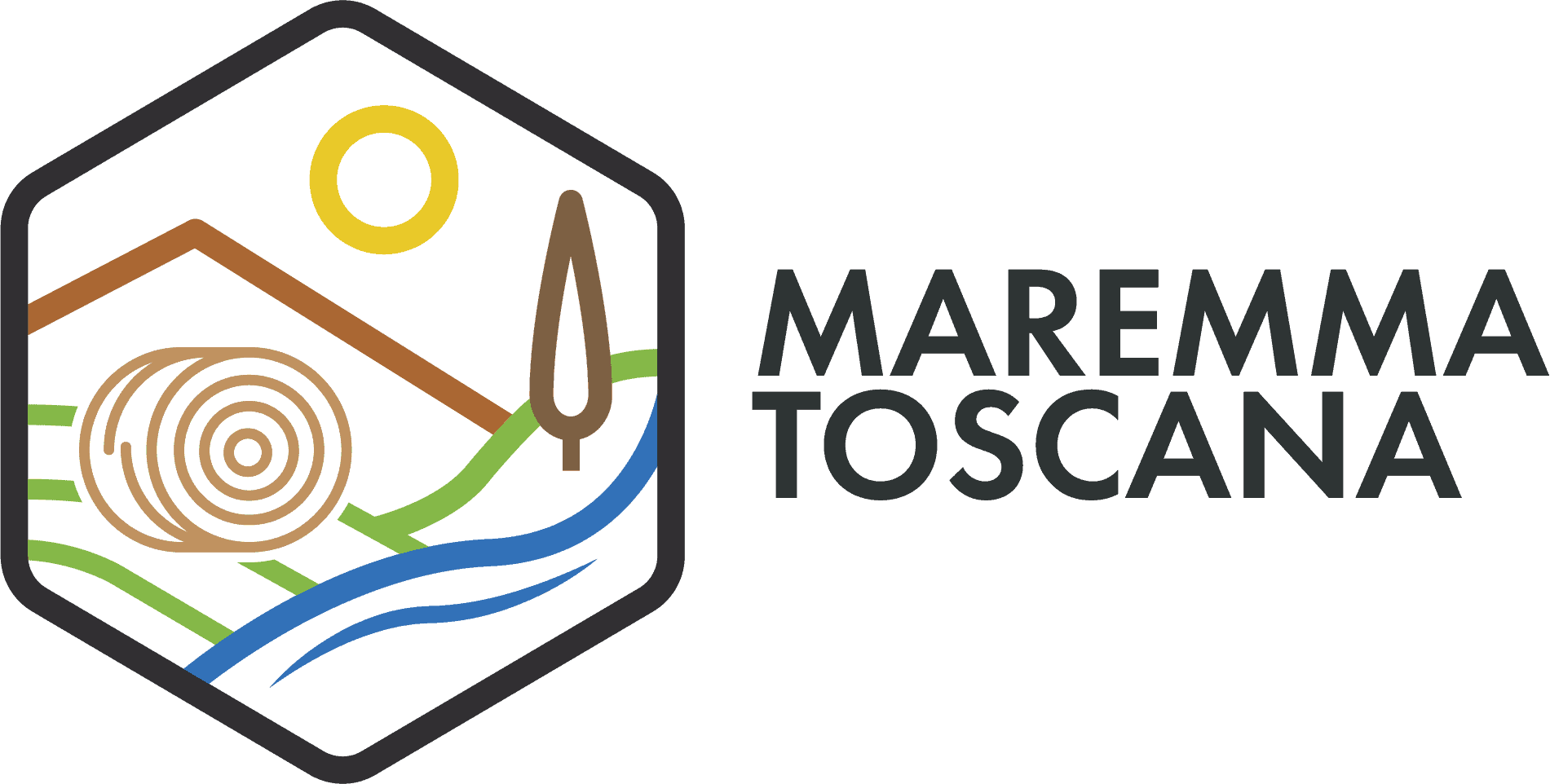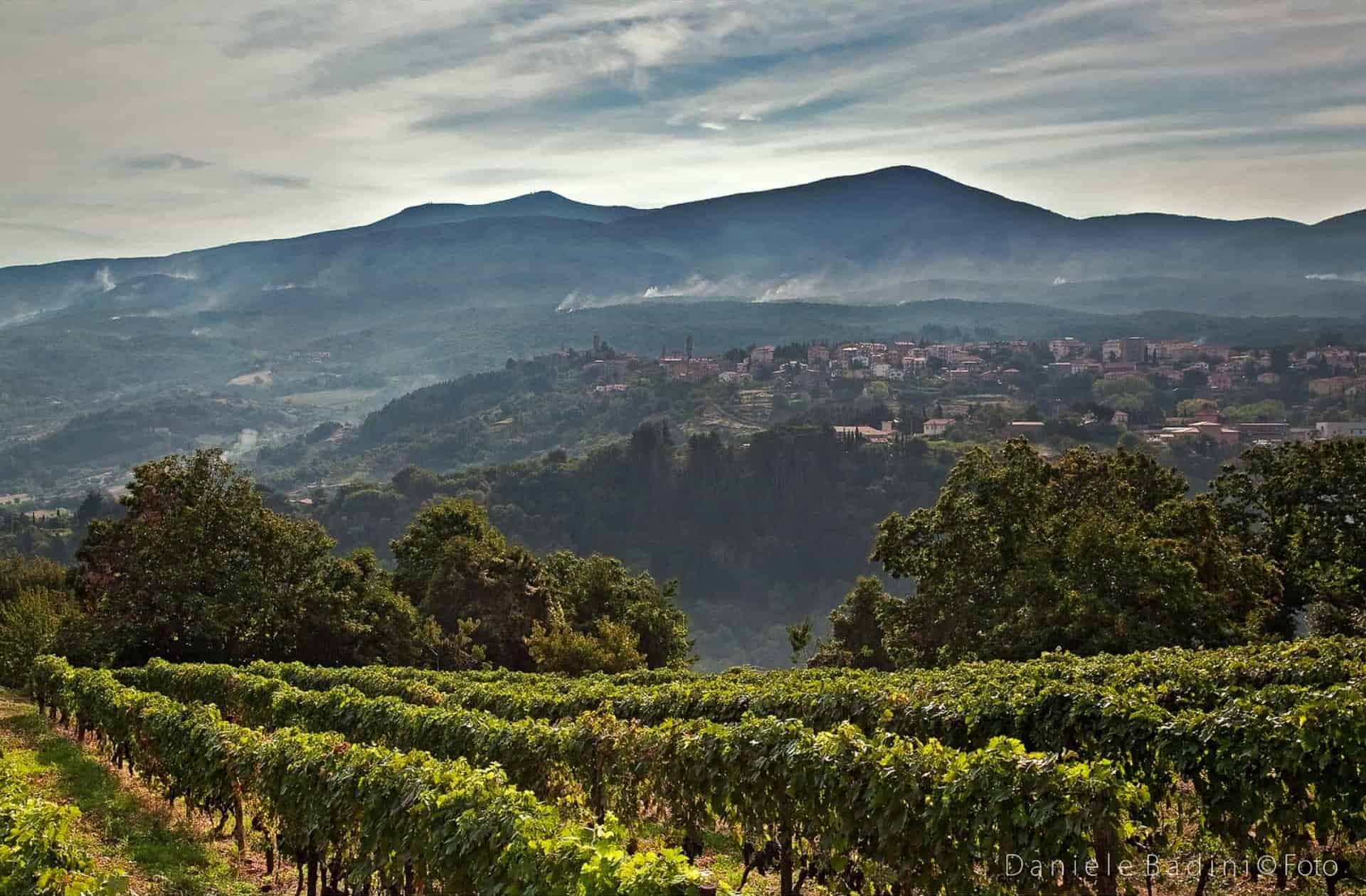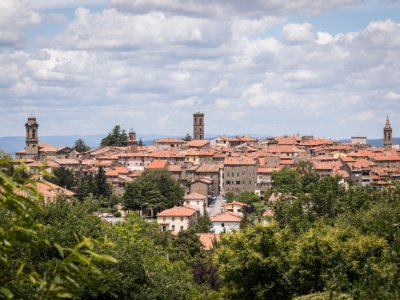Palio delle Contrade
Castel del Piano, a charming Tuscan village located on the slopes of Mount Amiata in the province of Grosseto, is a place rich in history, culture, and natural beauty. This village, bordering the Val d’Orcia, is famous for its Palio delle Contrade, a tradition dating back to the 15th century.
Getting to Castel del Piano is a journey that fills the eyes. Leaving behind the Maremma and heading towards Mount Amiata, you’ll encounter the hamlets of Montenero and Montegiovi, which offer the first evidence of an ancient history. These hilltop villages, in keeping with medieval tradition, provide natural terraces from which to admire the landscape, from the Val d’Orcia to Mount Amiata. Vineyards and olive groves alternate in the open space, adorning the territory with vivid hues in every season, from the red of cherries to the black of figs. And as if by magic, after a series of curves, suddenly, Mount Amiata, Tuscany’s ancient volcano, presents itself in all its grandeur. The village of Castel del Piano is a careful guardian of this natural wealth, which extends up to the 1,738 meters of the peak. Here, the olive tree has found its ideal environment, and as a reward for such dedication, the land has given an autochthonous cultivar, the Olivastra Seggianese. But around 500 meters, in a harmonious alternation, the olive trees make room for the vineyards. The king of grapevines is Sangiovese, which owes this territory distinctive volcanic characteristics that impart minerality, savoriness, and elegance to the wines.
What to See in Castel del Piano
The historic center of Castel del Piano is rich in monuments and places of interest. The Church of the Opera, or Propositura dei Santi Niccolò e Lucia, is the largest religious building on Mount Amiata. Its façade, with marked Baroque features, is made of local stone. The interior, in a Latin cross plan with ten chapels, is a genuine museum of the Nasini family, a group of painters active between the mid-17th and mid-18th centuries. In the surroundings of the village, you’ll find the small but charming Benedictine churches of Santa Lucia and San Biagio, as well as the ruins of the Franciscan convent of San Processo. Recent restorations have brought back to life the beautiful Palazzo Nerucci, built from 1554 onwards, which houses the Civic Museum of Castel del Piano. An interesting curiosity is represented by the crosses of Baldassarre Audibert, a mysterious figure of a penitent pilgrim who, around the mid-19th century, erected dozens of them. His crosses, recently restored, can be found mainly at road intersections or at the entrances to villages. In the municipality of Castel del Piano and the neighboring ones, there are about 16 crosses made by Baldassarre Audibert.
Main Event
The Palio delle Contrade of Castel del Piano, dedicated to the Madonna Santissima delle Grazie, is an event that annually revives its medieval origin. The genesis of this event dates back to the “Fiera di Merci e Bestiame” (Fair of Goods and Livestock) of the 15th century. Today, the Palio takes place every September 8th and is preceded by a historical procession that reenacts events from the 14th and 15th centuries.
Local Products
Regarding gastronomy, Castel del Piano offers various options to savor traditional Tuscan cuisine. Recommended restaurants include La Taverna delle Logge, Ristorante Impero, and Ristorante Le Macinaie.
How to Get There
To reach Castel del Piano, you can take the A1 highway to Chiusi-Chianciano Terme, then follow the SS2 Cassia road towards Siena until Pienza. From there, take the SP18 road towards Castel del Piano. If you are traveling by train, the nearest station is Grosseto, from which you can take a bus to Castel del Piano.




